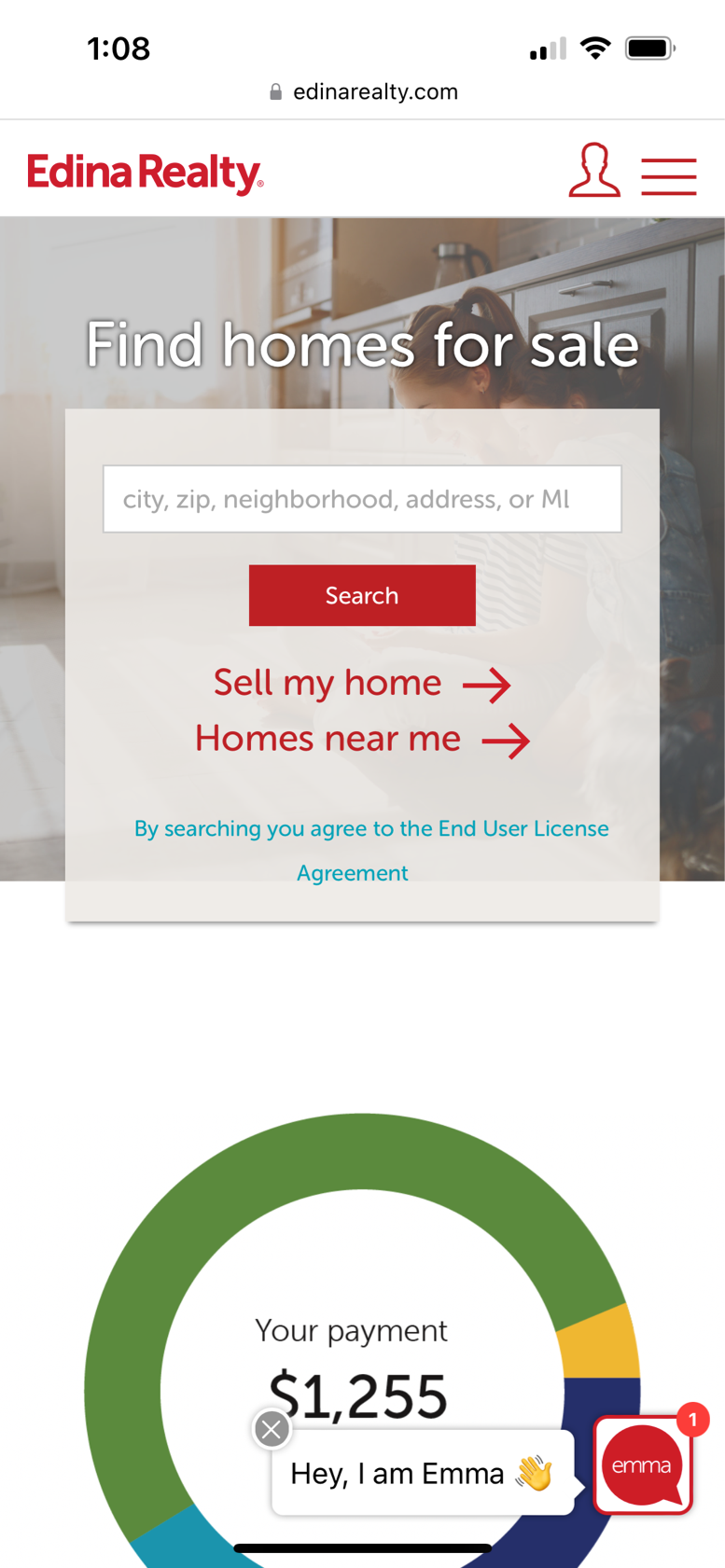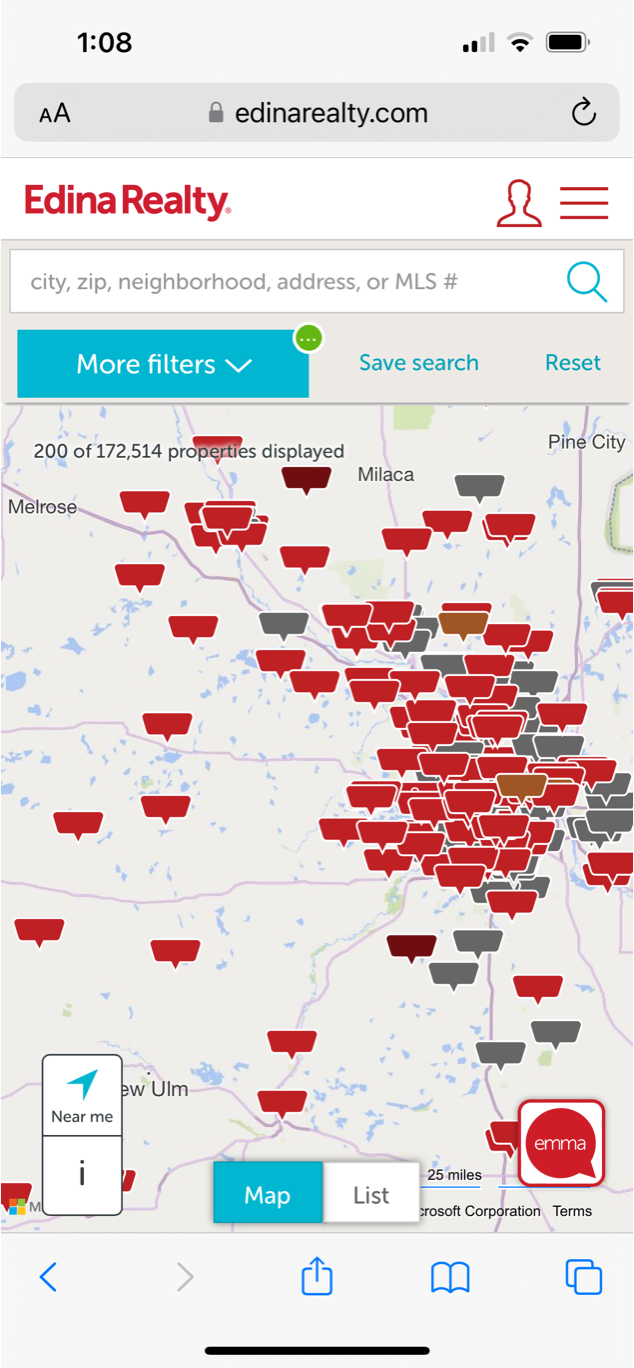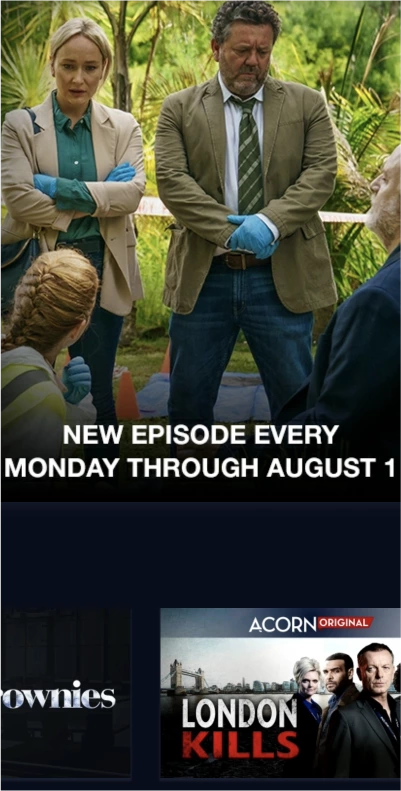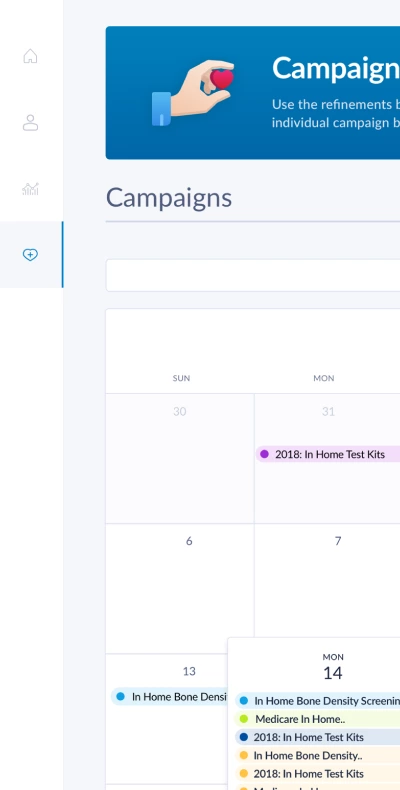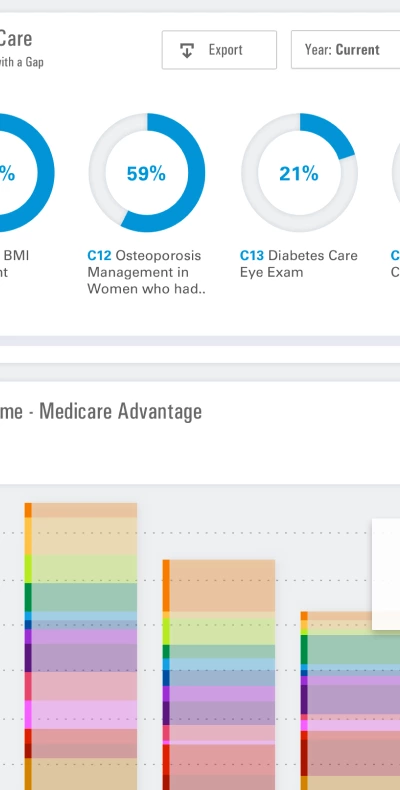Digital Transformation
Transform Your Digital Experience
The digital transformation process starts with an in-depth collaboration between the Valtira Architecture team and our client’s key stakeholders. Our team combs through our client’s existing technology looking for issues involving security, usability, business practices, and performance. Our team can help you move seamlessly from planning through execution, guiding you every step of the way.
Each project is unique but there are some key tasks that need to be executed on to build a successful Digital Transformation plan. Our team collaborates with internal resources to ensure that all of the pieces come together in an intuitive way that all stakeholders can follow and take part in the process. This ensures that everyone has a clear understanding of the roadmap and the rationale for the decisions made along the way.
System Security Audit
- Examine the applications and infrastructure to determine if there are security issues and providing recommendations.
- Finding vulnerable software packages and vulnerable technology configurations.
- Auditing user access control to see if any existing roles have privileges they do not require causing potential vulnerabilities.
Technical Assessment
- Interviewing stakeholders to determine if the product is viable and if the users are happy with the technology.
- Combing the system to determine opportunities for improvement (performance, usability, SWEOL, cost).
- Assess the technology to see if it assists business processes already in place.
- Breakdown enhancements on an impact vs. effort scale to determine work that should be done early on and which tasks should be placed in the backlog.
Software Evaluation
- Determine if the existing software solutions solve business problems.
- Determine if stakeholders feel their teams are working efficiently with the existing solutions -or- if there are opportunities for enhanced performance with updated technology, functionality or better user-experience.
- Evaluate the impact vs. effort of enhancements to determine priority and technical feasibility of the opportunities uncovered.
Performance For Business Processes
- Determine if a client’s technology is empowering or hindering teams and business process.
- Utilize stakeholder interviews to uncover opportunities that would allow teams to work faster and more efficiently.
- Ensure remote teams are able to achieve the same level of success as on on-site resources.
- It is crucial to define an MVP (Minimum Viable Product) as enhancements are being planned. The team must come to an agreement about the most important features that will quickly improve business processes. This will give the team focus and allow additional enhancements to be placed in the backlog to help ensure the project stays on time and budget.
Technology and Architecture Recommendations
- Examine existing legacy systems and all feedback from stakeholder interviews.
- Collaborate to determine and plan the future state architecture recommendations. This process could include a phased approach based on timing, budgets and critical updates.
- Determine a suitable budget for the transformation process and create a phased timeline that gets from current state to future state on a budget that is suitable for business leadership.
- Determine if any legacy software is at end of life. If libraries are no longer supported or have an old programming language that is no longer used the priority of fixing that piece may need to be escalated.
- Define an MVP (Minimum Viable Product) that centers on the highest impact enhancements and allows the team to have quick release cycles that allow us to gather feedback early and often.
Plan Execution
- Through the assessment process, we’ve collaborated with internal teams to determine the highest impact enhancements to the applications. We’ve also built trust within the teams. From here we will establish an execution team which typically includes key stakeholders, a product owner, UX resources, frontend developers, backend developers, tech leads, architects and QA resources.
- Our product owners will establish all roles both internal and external, clearly communicating which task each role is responsible for. This process can also include various vendor teams or 3rd party software providers. Clear communication is key to eliminate blockers within the development team during the build phase.
- With a defined MVP (Minimum Viable Product) coming out of the technical assessment, we will iterate on the prototypes to ensure all MVP functionality is accounted for and approved by stakeholders. The development team will use this as a guide moving forward and all focus will remain on those enhancements through the build phase. By focusing on a core set of functionality, our teams will be able to release versions of the application quicker and get it into the hands of actual users. This rapid feedback process helps ensure that the solution being developed is successful at improving the business processes outlined at the beginning of the project.
- The established team will work in an agile format with designated sprints. We will release blocks of work each sprint that is ready to be presented, reviewed and tested. This will ensure that the project is transparent and heading in the right direction. If an enhancement is going off course or off budget the team has visibility into it and can course correct immediately.
- The execution and build process remains as collaborative as the technical assessment phase ensuring the project is always focused on business goals.
Feedback and Iteration
- As the solution is being developed, we will pull in stakeholders from initial conversations. We will confirm that the initial opportunities they envisioned are being met and gather their feedback.
- This process often involves UX enhancements, refining calls-to-action and working with that team to smooth out user-journeys.
- Once the enhanced solution has been iterated on, we often recommend getting a larger soft-launch group of internal staff or customers to evaluate the changes and give feedback. We will prioritize this feedback to determine what needs to be executed upon immediately and what can go in the backlog for a future phase. This process helps ensure we stay on agreed upon launch timelines.
- In addition to functional QA and user acceptance testing (UAT), we will also determine how we can automate QA testing in this phase for enhanced efficiency so both the internal and external resources can focus on enhancing the application.
Digital Transformation can be a daunting process, but with the right partner it can be a very rewarding and positive experience for entire teams. Valtira can partner with you to determine the short, medium, and long term steps you can take to make meaningful change across your organization.
Our process is not simply creation of a plan with a laundry list of all the things you should do. It’s a digestible plan that we can help guide you through from the beginning all the way through execution. Our clients often partner with us for years or even decades because we help them make the right decisions for long-term growth and scalability.
If you would like to have a no pressure conversation with our architecture team feel free to reach out on our contact form.
